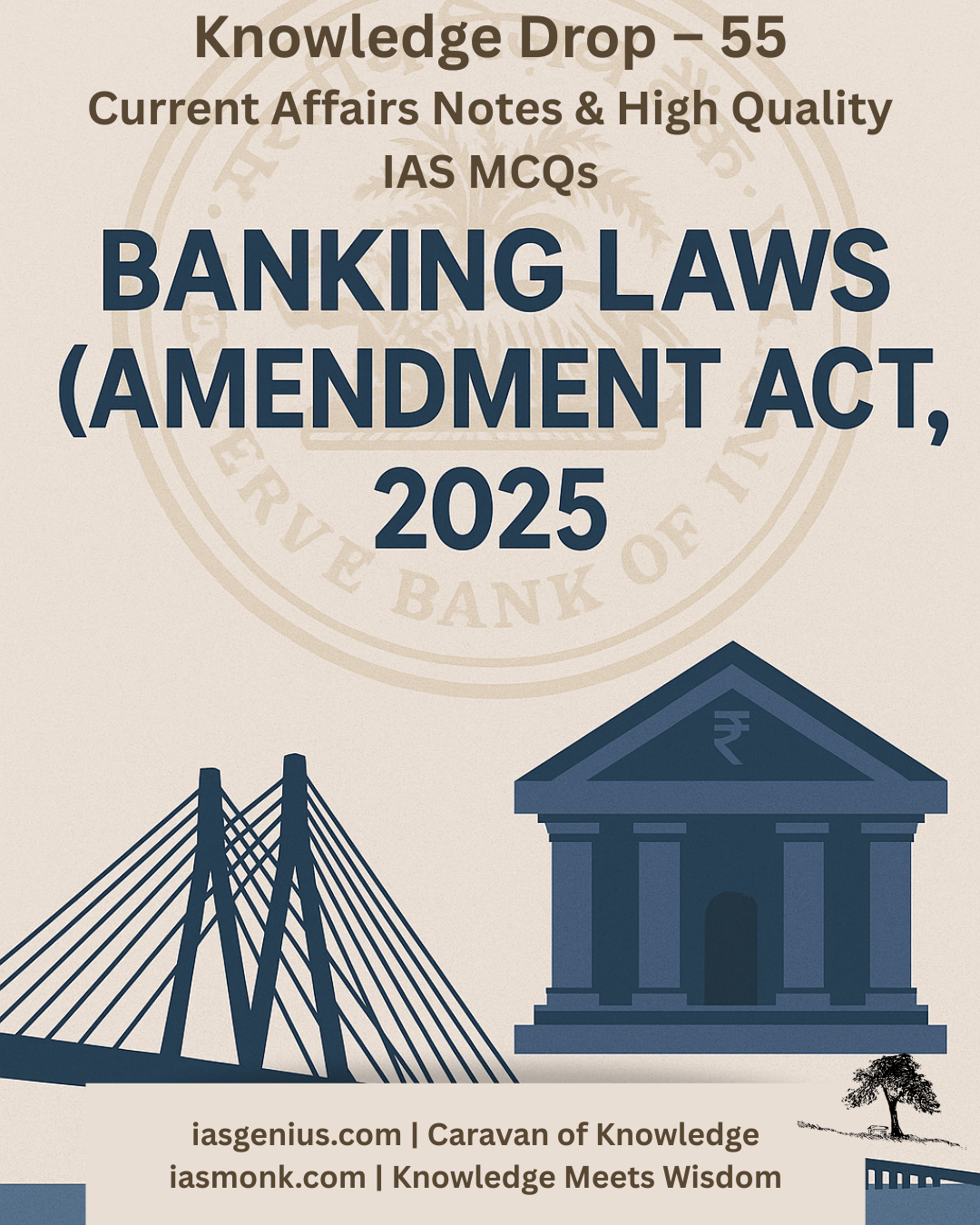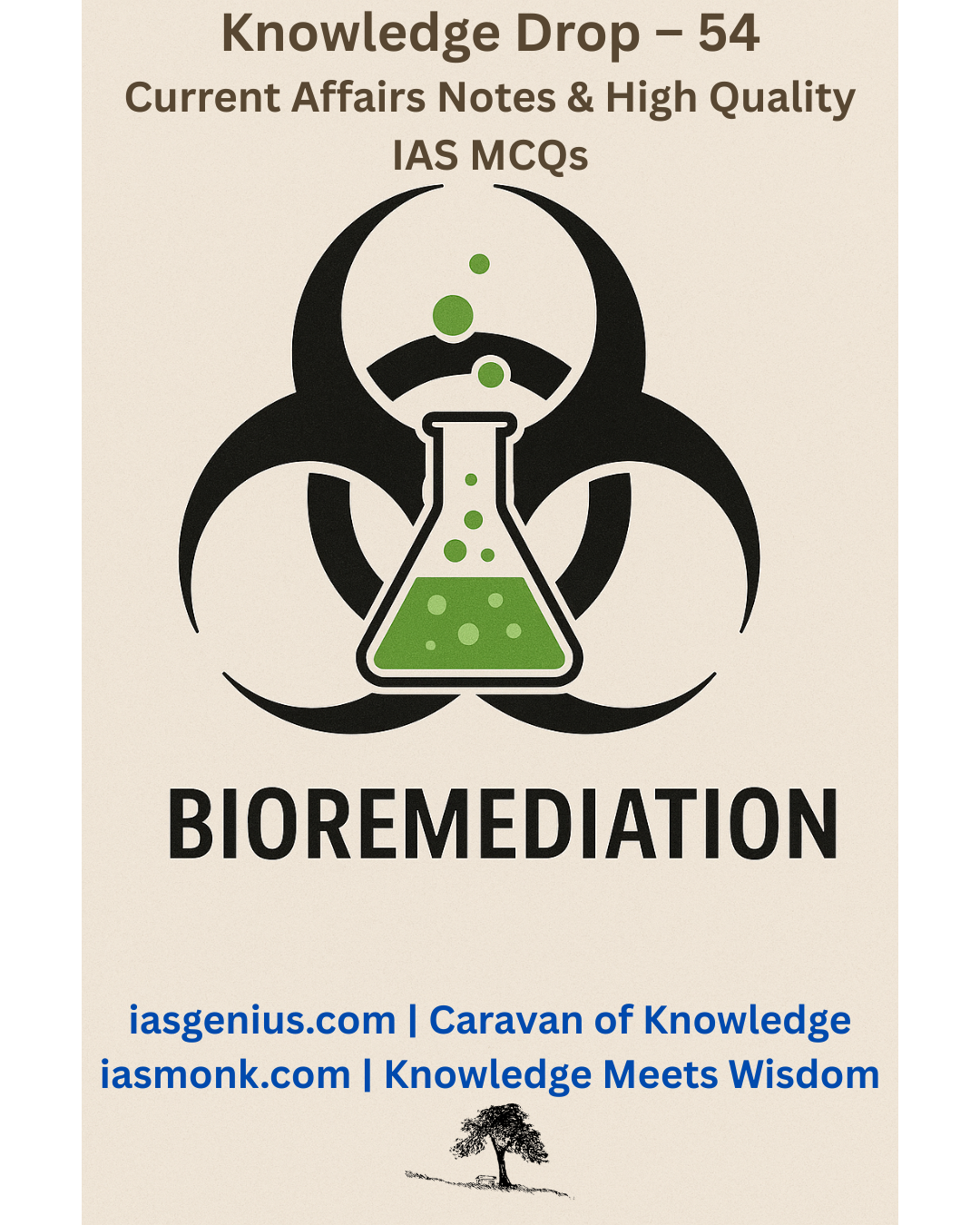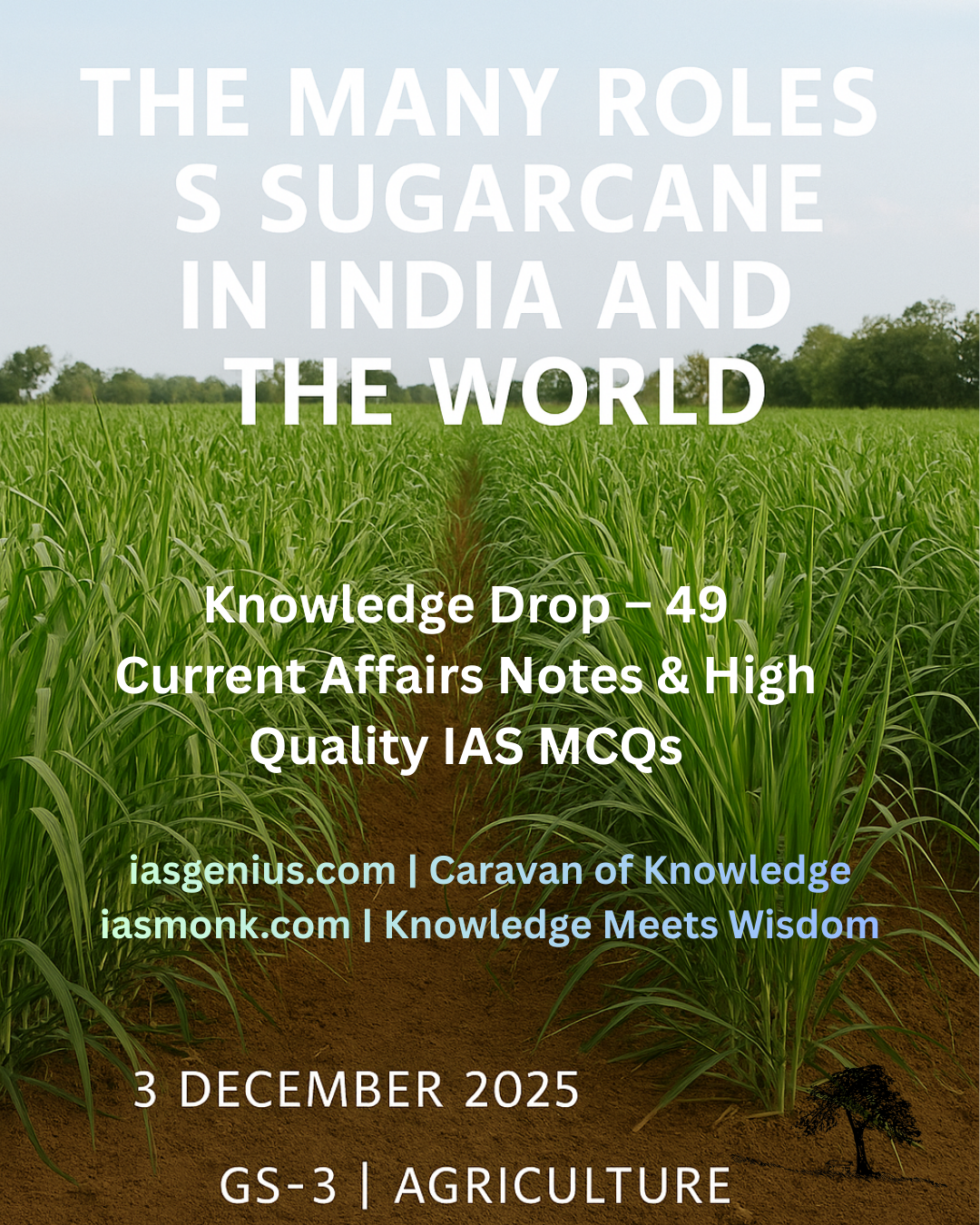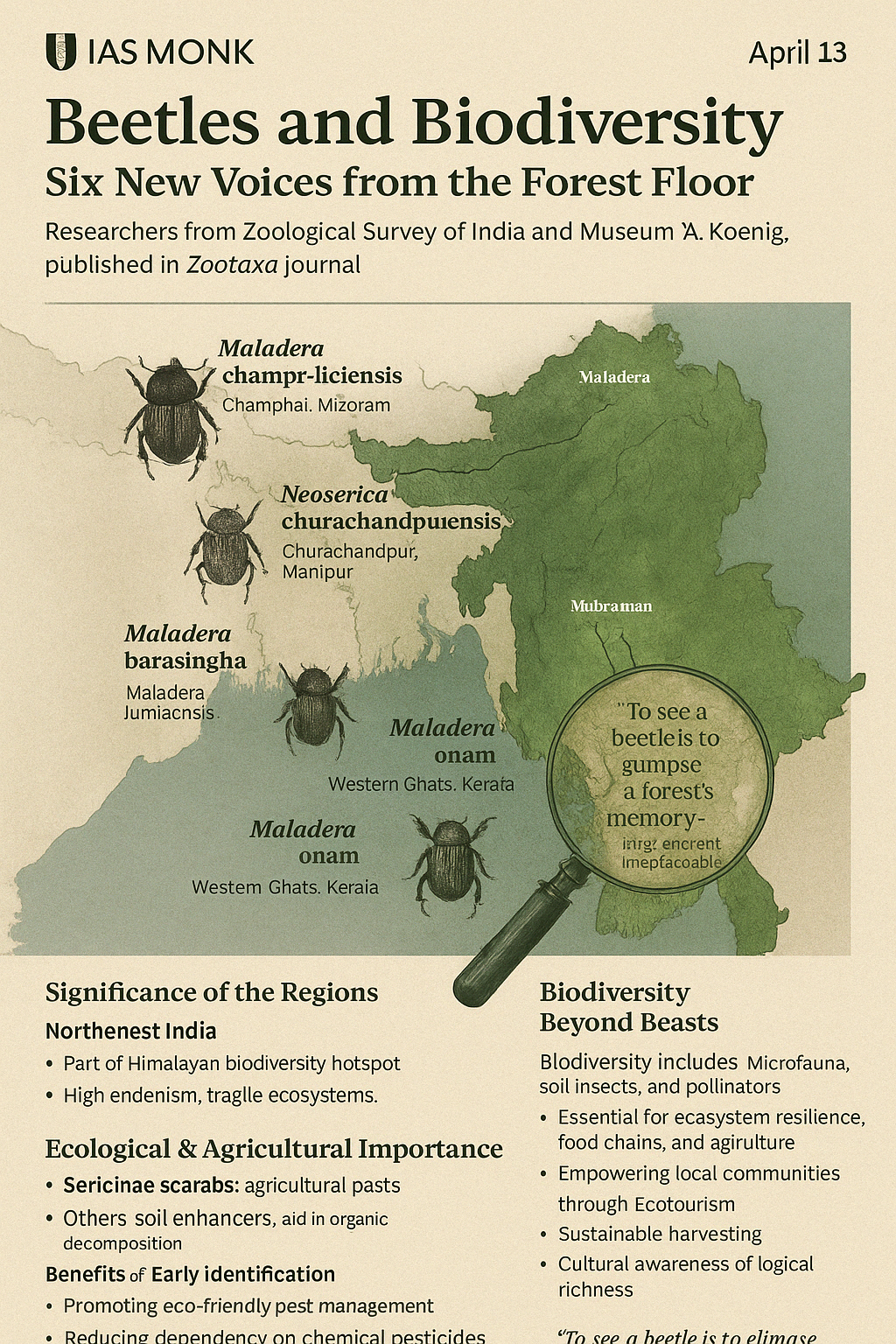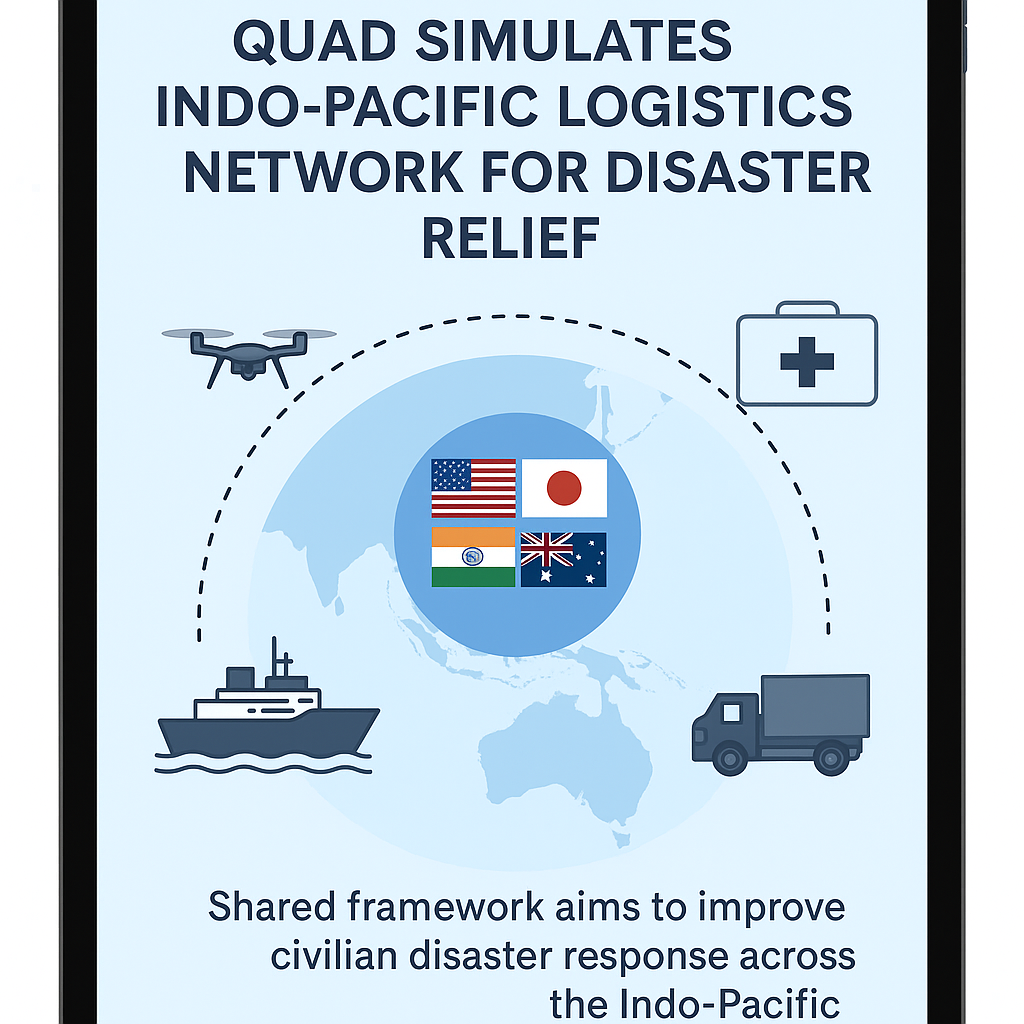
🧭June 25, 2025 Post 1: CHILDHOOD IN CHAINS: 53,000 Rescued, But Millions Still Bound | High Quality Mains Essay: Childhood in Chains: Rescues Are Not Enough — India’s Unfinished Battle Against Child Labour | For IAS-2026 :Prelims MCQs
CHILDHOOD IN CHAINS: 53,000 Rescued, But Millions Still Bound

NATIONAL HERO — PETAL 001
🗓️ Post Date: June 25, 2025
📘 Focus: Child Labour, Vulnerable Sections, Rescue & Reform
🌱 Opening Whisper
In the eyes of a working child, the pencil becomes a pickaxe, and the schoolbell — a siren unheard.
🔎 Key Highlights
- Massive Rescue Drive: 53,000+ children rescued across 24 states in 2024–25, led by Telangana, Bihar, Rajasthan, and UP.
- Dark Industries: 90% of rescued children worked in the worst sectors — spas, massage parlours, orchestras.
- Legal Action: 38,388 FIRs filed, 5,809 arrests made — Telangana leading enforcement.
- Gaps in Justice: High rescue, low conviction in states like UP and MP.
- Policy Call: C-LAB recommends a National Mission, District Task Forces, and NGO–Police coordination.
🧠 Concept Explainer: What Drives Child Labour in India?
- Poverty & Illiteracy: Families see no choice; education seems a luxury.
- Cultural Normalisation: In some areas, child work is tradition.
- Demand Side: Industries prefer children for cheap, flexible work.
- Law vs. Reality: Despite strong legal provisions like Article 24 and the 2016 Amendment Act, enforcement remains weak.
- Migration Link: Trafficking and urban migration heighten vulnerability.
🗺️ GS Paper Mapping
GS Paper 2: Welfare Schemes for Vulnerable Sections | Issues Relating to Children
GS Paper 3: Inclusive Development | Labour Reforms
Essay Topics:
- “Childhood Sold Cheap: India’s Incomplete War Against Child Labour”
- “Rights vs. Reality: Bridging the Justice Gap for India’s Children”
💭 A Thought Spark — by IAS Monk
“If the smallest hands build your biggest industries, then your civilization is built on bones, not bricks.”
Let us not celebrate a rescue; let us create a world where no rescue is needed.
High Quality Mains Essay For Practice :
Word Limit 1000-1200
“Childhood in Chains: Rescues Are Not Enough — India’s Unfinished Battle Against Child Labour“
In a nation that aspires to be a $5 trillion economy, it is a paradox too stark to ignore: over 53,000 children were rescued from forced labour in just one year, across 24 Indian states and union territories. The recent report by the Centre for Legal Action and Behaviour Change (C-LAB), in collaboration with the Just Rights for Children (JRC) network, underscores this grim reality. It reminds us that while economic growth can soar on graphs, the measure of a society’s moral compass lies in how it treats its most vulnerable — and India still has a long way to go.
At the heart of this crisis is a contradiction. India boasts a robust legal framework, constitutional protections, and even international treaty commitments that prohibit child labour. Yet, the persistence — and in some cases, the normalization — of child labour speaks of deeper socio-economic rot. This essay explores the magnitude of the issue, its legal underpinnings, causative factors, consequences, and the way forward.
I. The Alarming Landscape: What the Data Reveals
Between April 2024 and March 2025, over 53,000 children were rescued from various forms of forced labour. Telangana alone accounted for more than 11,000 of these rescues — a figure that simultaneously reflects both the scale of the problem and the efficacy of state-level enforcement. Bihar, Rajasthan, Uttar Pradesh, and Delhi followed with significant numbers. These children were not merely working in conventional setups; a majority were found in disturbing spaces like massage parlours, spas, and orchestras — classified globally as among the worst forms of child labour.
In terms of law enforcement, over 38,000 FIRs were filed and nearly 6,000 arrests made. However, some states, while recording high rescue numbers, lagged in enforcement. This mismatch between detection and justice delivery highlights the systemic inefficiencies plaguing our child protection mechanisms.
II. The Legal Framework: Sound in Letter, Shaky in Spirit
India’s constitutional and legislative framework is theoretically sound. Articles 15(3), 21A, 24, 39(e & f), and 45 collectively emphasize the protection, education, and development of children. The Right to Education Act (Article 21A), specifically mandates free and compulsory education for children aged 6–14 — a direct antidote to the root cause of child labour.
Furthermore, the Child Labour (Prohibition and Regulation) Amendment Act, 2016 expanded the ban to all occupations for children under 14 and hazardous work for adolescents. It also introduced stricter penalties for violators. Alongside these, initiatives like the National Child Labour Project (NCLP), Samagra Shiksha Abhiyan, and SAFAL aim to bridge the enforcement gap.
Yet, despite these strong laws, implementation remains inconsistent, reactive rather than preventive, and often too late.
III. Why Does Child Labour Persist?
1. Poverty and Economic Compulsion:
As Gurupadaswamy Committee (1979) rightly noted, poverty is the primary driver. For families living hand to mouth, a child’s income, however meagre, is a necessity. The absence of robust social safety nets worsens this compulsion.
2. Lack of Access to Quality Education:
Education is often inaccessible or of poor quality. Many children drop out due to poor school infrastructure, lack of teachers, or the opportunity cost of not earning. The Mid-Day Meal Scheme and RTE were designed to counter this, but regional disparities in implementation persist.
3. Low Awareness and Illiteracy:
Parents unaware of legal protections or the long-term value of education often view child labour as acceptable or inevitable.
4. Demand-Side Economics:
Certain industries — beedi-making, textile weaving, hospitality, construction — often prefer child labour due to its cost-effectiveness. Nimble fingers and silent obedience make children easy targets.
5. Cultural Normalisation:
In some communities, child work is traditional. Girls, in particular, are often tasked with domestic responsibilities or caregiving, rendering their labour invisible.
6. Migration and Trafficking:
Children from marginalised communities are trafficked or migrate with families, landing up in urban slums where they become informal labourers — often invisible and unregistered.
IV. The Consequences: Breaking Futures Before They Bloom
The psychological, physical, and emotional toll on children forced into labour is irreversible. Many suffer from stunted growth, abuse, malnutrition, and trauma. More tragically, they are denied what should be a universal right — a childhood of learning, dreaming, and growing.
Moreover, child labour perpetuates intergenerational poverty. Without education or skill development, these children become adults with limited economic mobility, thus continuing the cycle of deprivation.
V. Governmental Responses: Promising But Fragmented
While many states have launched commendable missions, such as Telangana’s Velpur Mandal model — which showed dramatic success through school retention, community vigilance, and law enforcement — these remain isolated examples.
The Ministry of Labour & Employment’s National Policy on Child Labour (1987) rightly focused on rehabilitation over punishment. The SAFAL programme further supported enforcement capacity. The integration of the National Child Labour Project into Samagra Shiksha Abhiyan was a step toward convergence.
Yet, there remains no comprehensive National Mission on the scale of the Swachh Bharat or Jal Jeevan Missions. Child labour, tragically, does not yet evoke national urgency.
VI. Way Forward: From Rescue to Reform
1. A National Mission to End Child Labour:
With time-bound targets, inter-ministerial coordination, dedicated funding, and local government accountability.
2. Strengthening Enforcement:
District-level Child Labour Task Forces, backed by trained police, NGOs, and child welfare officers must be institutionalized.
3. Educational Incentives:
Bridge education, skill development, and vocational training must be incentivized, along with conditional cash transfers for school attendance.
4. Corporate Accountability:
The private sector must be brought under legal compulsion and encouraged to self-audit supply chains. Industries must be incentivized to go child-labour free.
5. Public Awareness and Community Participation:
Grassroots campaigns that destigmatize schooling and emphasize the illegality and cruelty of child labour are crucial.
VII. Conclusion: Rescue Alone Is Not Redemption
India’s war against child labour cannot be won by rescue operations alone. Rescues are symptoms of a disease — a deeper malaise rooted in poverty, apathy, and inequality. A true victory lies in ensuring that children never have to be rescued in the first place.
The real measure of economic progress is not GDP growth, but how safe, educated, and joyful our children are. A child out of school and into labour is not merely a legal violation; it is a collective societal failure. It is time India treated child labour not as a statistic, but as a wound — one that needs urgent, humane healing.
Target IAS-26: Daily MCQs :
📌 Prelims Practice MCQs
Topic: Child Labour
MCQ 1 – Type 1: How many of the above statements are correct?
Q. Consider the following statements regarding Child Labour Rescues in India as per the 2024–25 C-LAB Report:
1. Telangana recorded the highest number of child labour rescues in 2024–25.
2. Nearly 90% of the rescued children were engaged in domestic help and agricultural labour.
3. Over 38,000 FIRs were registered under child labour offences during the year.
4. All states with high rescues also recorded high arrests and prosecution rates.
How many of the above statements are correct?
A) Only two
B) Only three
C) All four
D) Only one
🌀 Didn’t get it? Click here (▸) for the Correct Answer & Explanation
✅ Correct Answer: B) Only three
🧠 Explanation:
•1) ✅ True – Telangana topped the list with 11,063 rescues.
•2) ❌ False – Most children were found in spas, orchestras, massage parlours (worst forms), not agriculture or domestic work.
•3) ✅ True – 38,388 FIRs were registered.
•4) ✅ True – Though some states lagged, most arrests (85%) correlated with child labour.
MCQ 2 – Type 2: Two Statements Based
Q. Consider the following two statements:
1. The Right to Education (RTE) under Article 21A guarantees education to children below the age of 6.
2. Article 24 of the Indian Constitution prohibits the employment of children below 14 in hazardous occupations.
Which of the above statements is/are correct?
A) Only 1 is correct
B) Only 2 is correct
C) Both are correct
D) Neither is correct
🌀 Didn’t get it? Click here (▸) for the Correct Answer & Explanation
✅ Correct Answer: B) Only 2 is correct
🧠 Explanation:
•1) ❌ False – RTE guarantees education for children aged 6 to 14, not below 6.
•2) ✅ True – Article 24 prohibits child labour in hazardous conditions below 14 years.
MCQ 3 – Type 3: Which of the statements is/are correct?
Q. Which of the following provisions are included in the Child Labour (Prohibition and Regulation) Amendment Act, 2016?
1. Complete prohibition on employment of children under 14 years in all occupations.
2. Adolescents (14–18) are allowed to work in hazardous processes under adult supervision.
3. Monetary penalties for employing children or adolescents in prohibited sectors.
4. Inclusion of family-run businesses as an exemption for child labour.
Select the correct code:
A) 1, 2 and 3 only
B) 1, 3 and 4 only
C) 2, 3 and 4 only
D) 1, 2, 3 and 4
🌀 Didn’t get it? Click here (▸) for the Correct Answer & Explanation
✅ Correct Answer: B) 1, 3 and 4 only
🧠 Explanation:
•1) ✅ True – The Act prohibits employment of children under 14 in all occupations.
•2) ❌ False – Adolescents are prohibited from hazardous occupations, regardless of supervision.
•3) ✅ True – Monetary penalties and imprisonment are included.
•4) ✅ True – The law allows children to help in family-based enterprises after school hours and during holidays.
MCQ 4 – Type 4: Direct Fact
Q. Which of the following committees recommended a multiple-policy approach to tackle child labour in India and led to the enactment of the 1986 Child Labour Act?
A) Kothari Committee
B) Lakdawala Committee
C) Gurupadaswamy Committee
D) Mehta Committee
🌀 Didn’t get it? Click here (▸) for the Correct Answer & Explanation.
✅ Correct Answer: C) Gurupadaswamy Committee
🧠 Explanation:
•Gurupadaswamy Committee (1979) observed poverty as the core cause and recommended a multi-pronged approach, leading to the 1986 Child Labour (Prohibition & Regulation) Act.







